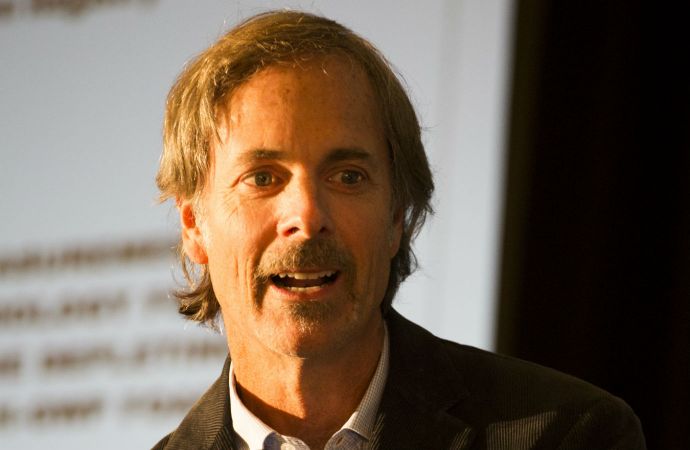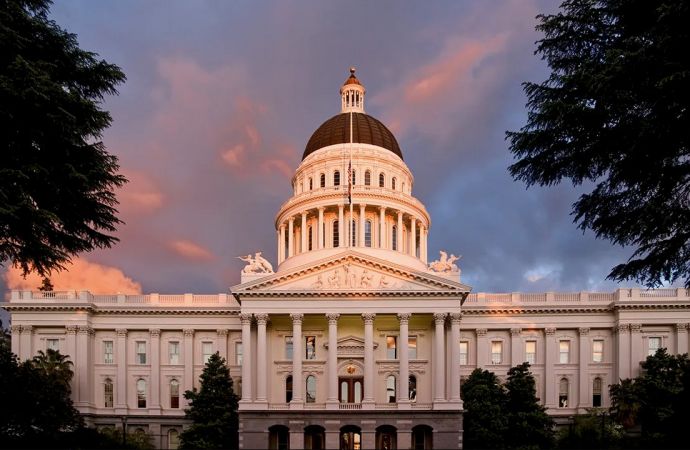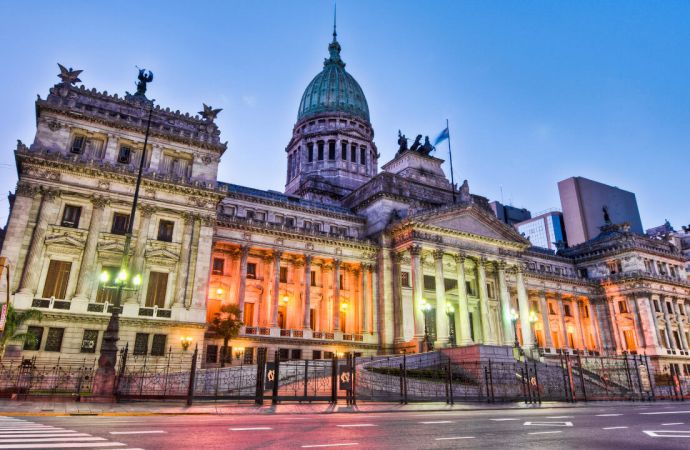Carbon credits coordinated by EOS Climate incentivize HFC reclamation and R22/CFC destruction as well as the installation of natural refrigerant-based systems.

Jeff Cohen, EOS Climate’s co-founder and vice president.
Food retailers and others in North America can earn valuable carbon credits while transitioning from R22 and HFCs to natural refrigerants, thanks to programs created by San Francisco-based EOS Climate, which is now part of Xpansiv Data Systems.
For example, in August, a program developed by EOS Climate was approved by the American Carbon Registry (ACR) so that carbon credits for the destruction of R22 are now available to the industry as part of ACR’s Ozone Depleting Substances (ODS) Destruction Methodology.
This updated ODS destruction methodology expands the opportunities companies have to obtain carbon credits. Since 2009 supermarkets in North America have been able to destroy CFC refrigerants for carbon credits. Beginning in 2015 – under another ACR methodology originated by EOS – stores became eligible for credits by reclaiming and re-using HFCs or deploying advanced commercial refrigeration systems that use natural refrigerants.
Currently, the carbon credits for CFC destruction can be applied in a cap-and-trade (compliance) market like California. In both compliance and voluntary markets, all of the refrigerant-based credits can be sold or applied to a company’s greenhouse-gas reduction program.
“You’ve probably heard about carbon offsets [credits], or ‘verified emission reductions,’” said EOS Climate’s co-founder and vice president, Jeff Cohen, last June at an ATMOsphere America session titled “Refrigerants in Transition: Market Incentives.”
“[Carbon credits] represent a reduction in business as usual of one metric ton of CO2,” he continued, “so one carbon credit is an avoided or prevented emission of one metric ton of CO2—or the equivalent of it.”
To date, Cohen said, the ODS destruction protocol that EOS Climate originated has generated nearly 11 million offset credits.
Cohen said the HFC reclamation and installation of advanced (natural refrigerant-based) systems are impactful environmental tools because they keep potent greenhouse gases from ever being produced.
Timing is ripe for the industry to consider changes to their climate programs and how offsets can provide market-based incentives for natural refrigerants and other advanced technologies.”
– Jeff Cohen, co-founder and vice president, EOS Climate
“Deployment of advanced refrigeration systems using zero or low-GWP refrigerants can generate carbon credits today,” Cohen said.
He added that EOS Climate is also “very enthusiastic about [the HFC reclamation] methodology and that type of credit. We think it can have a very significant impact in complementing the phase-down of HFC production. If you recycle more, you don’t need to produce as much. It’s a really important opportunity for cap-and-trade markets, but also just for companies to demonstrate their comprehensive activities around transitioning to low-GWP technologies.”
California-Canada connection
In California, offsets for ODS destruction (including CFCs) are established compliance instruments for its cap-and-trade program, which caps allowable GHG emissions. The most recent ACR-approved offset methodologies – for HCFC destruction, HFC reclamation and deployment of advanced refrigeration systems – may be reviewed as part of the Golden State’s efforts to update its cap-and-trade program.
California’s Air Resource Board (CARB) Spokesperson David Clegern told Accelerate
America, “This does not mean these protocols won’t be considered in the future, but if that happens we will announce it at a public workshop.”
Canadian provinces Ontario and Quebec recently linked up with California’s cap-and-trade market, meaning the new offsets could be included in those regulatory bodies in the near future as well. Destruction of CFCs is already eligible for carbon credits under the Quebec market.
“An increasing amount of action will be in Canada,” Cohen said. “Several provinces will have a California-like program, so that includes offsets and it will propel projects like the ones we’re talking about if those methodologies are approved.”
For supermarkets located in voluntary markets outside California and Canada, there are still incentives to take advantage of the new offset methodologies.
“For non-compliance markets, in other words voluntary markets,” Cohen said, “businesses can participate in this market and make their own internal sustainability goals and carbon reduction goals and also generate revenue to offset the cost of technology transitions.”
Last year, in an effort to address the environmental impact of its 189 stores that still use high-GWP HFCs, Hannaford Supermarkets acquired 4,200 carbon credits generated from reclaimed HFC refrigerants.
At this time, according to Harrison Horning, director of equipment purchasing, maintenance and energy at Ahold Delhaize’s Hannaford division, “[Hannaford] has not purchased any more credits or applied for credits.” But, “This could change as natural or ultra-low-GWP refrigerants become more cost-effective for use in existing systems (for example, to replace R507A or R404A).”
Cohen said he thinks more retailers will start to utilize the advanced systems installment crediting as regulations shift toward low-GWP refrigerants.
He added that it’s important for supermarkets to tune into the conversation about offsets to learn “how they can leverage the carbon markets to offset some of the costs involved in making these transitions.
“Timing is ripe for the industry to consider changes to their climate programs and how offsets can provide market-based incentives for natural refrigerants and other advanced technologies.”
Related stories



